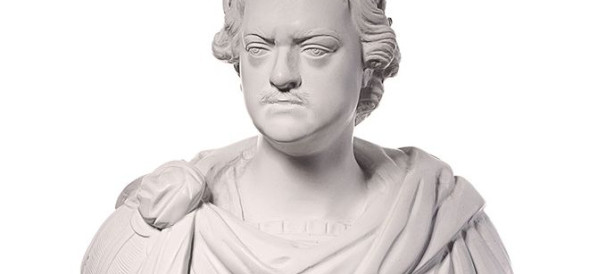 20 Terms
20 TermsHome > Terms > Kazakh (KK) > иллюзионизм
иллюзионизм
In Baroque art refers particularly to decorative schemes in buildings, especially ceiling paintings, in which the artist uses perspective and foreshortening to create, for example, the illusion that the ceiling is open sky populated by groups of figures such as saints, angels or whatever. Such effects are also sometimes referred to as trompe l'oeil, a French phrase meaning deceives the eye. More generally illusionism can refer to any painting which strives to achieve a high degree of mimesis, meaning imitation of reality. High levels of illusionism are typically found in seventeenth-century still life paintings. If the artist chooses subject matter that particularly lends itself to reproduction in paint on canvas (i. E. Is basically flat) the results can be exceptionally effective. An example is Edward Collier's A Trompe l'Oeil of Newspapers, Letters and Writing Implements on a Wooden Board. In modern art theory illusionism has been frowned upon on the grounds that it denies the basic truth of the flatness of the canvas. However, Surrealist artists such as Salvador Dalí and René Magritte have used it to great effect to evoke the alternative world of the unconscious mind.
- Part of Speech: noun
- Synonym(s):
- Blossary:
- Industry/Domain: Art history
- Category: General art history
- Company: Tate
- Product:
- Acronym-Abbreviation:
Other Languages:
Member comments
Terms in the News
Featured Terms
бюст
A sculpted or painted portrait that comprises the head, shoulders and upper arms of the subject.
Contributor
Featured blossaries
Browers Terms By Category
- Meteorology(9063)
- General weather(899)
- Atmospheric chemistry(558)
- Wind(46)
- Clouds(40)
- Storms(37)
Weather(10671) Terms
- Radiology equipment(1356)
- OBGYN equipment(397)
- Cardiac supplies(297)
- Clinical trials(199)
- Ultrasonic & optical equipment(61)
- Physical therapy equipment(42)
Medical devices(2427) Terms
- Industrial automation(1051)
Automation(1051) Terms
- Algorithms & data structures(1125)
- Cryptography(11)
Computer science(1136) Terms
- General accounting(956)
- Auditing(714)
- Tax(314)
- Payroll(302)
- Property(1)




